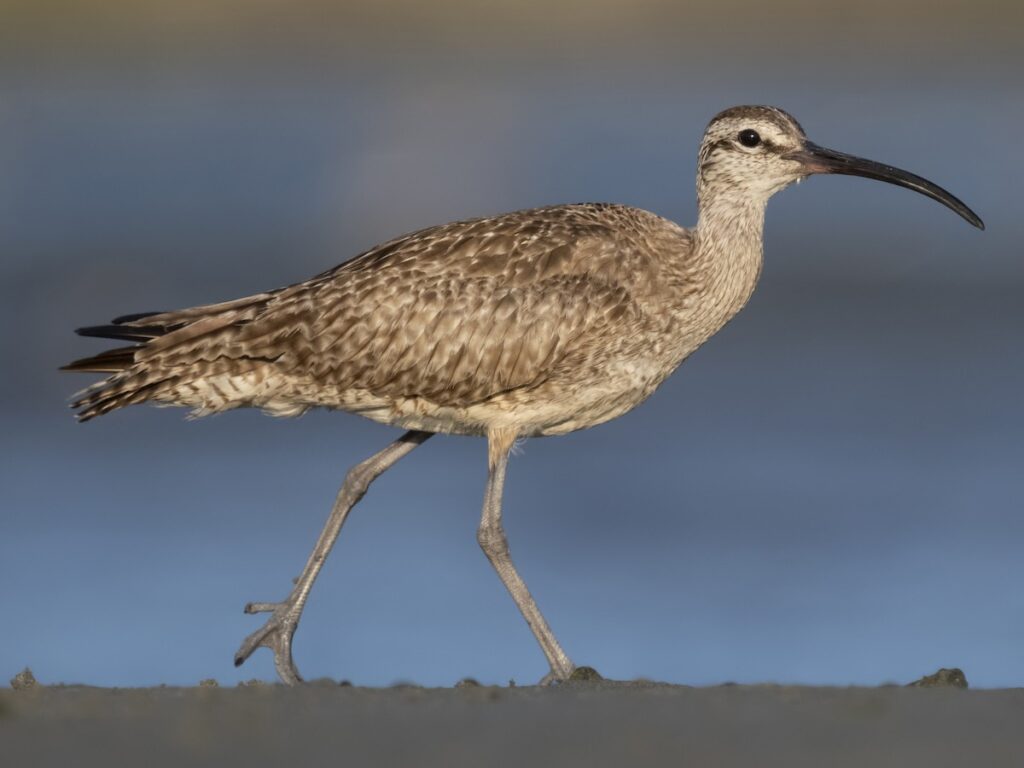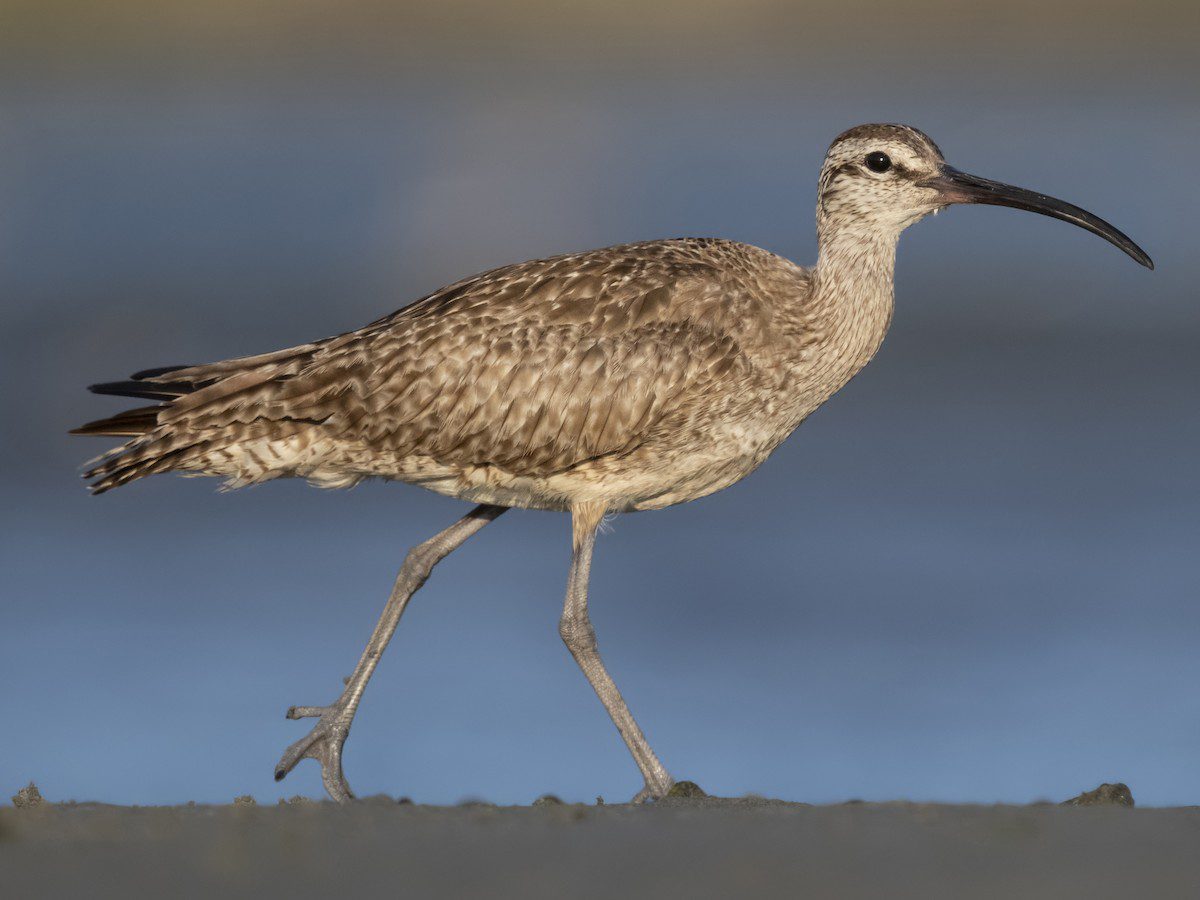
Shorebirds are among the planet’s most migratory species. They can fly over countries and seas for thousands of miles without stopping, even the smallest shorebirds. The down-curved bill of a whipple (neumenius phaeopus) makes it easy to spot this bird, which is one of the world’s most widespread shorebirds. This “weapon” helps them charge their favorite crustaceans’ holes.
Instagram page embedding authorized by artist/architect mai.Jameel
It is known that the whimbrel, a large shorebird with a bill that curves outward, will fly thousands of miles at a time without stopping to rest. This bird is a frequent winter visitor to the Maldives, as well as a common summer visitor. Maldives also has the Eurasian Curlew (Numenius arquata), which is known as bodubulhithumbu in the local language. This species is a common winter visitor in small numbers. They also in the summer. Ash and Shafeeg (1994).
A study was done in 2021 by the Center for Integrative Ecology at Deakin University in Geelong, Victoria, Australia, to find out what factors affect the flight height of far eastern curlew (Numenius madagascariensis) and whimbrel (Numenius phaeopus).
Most research on how migratory birds choose their flight altitudes is based on radar observations. These observations show that migratory flights usually happen up to 1500m above ground level (a.g.l.), though they have been recorded at much higher heights as well.
Seventeen far-eastern curlews and nine whimbrels were tracked for the study in 2021. In 2017 and 2018, the Australasian Wader Studies Group, the Queensland Wader Study Group, and the Victorian Wader Study Group used cannon netting or mist netting to capture birds in various outdoor sites across Australia where the birds were not mating.
A leg-loop harness was used to hold the GPS-Global System for Mobile Communication (GSM) transmitters on the backs of all the individuals. The study discovered that a preference for low altitude is the most relevant factor in flying altitude selection. Furthermore, they found that wind support is a major secondary factor. The study’s birds flew at heights where the wind was strongest. There are many more benefits to staying low for long-distance individuals than just saving time and energy. These benefits include safety and water balance.
Although the species does sometimes migrate at high altitudes (up to 5550m above ground level), the data showed that they usually don’t fly at those heights. This lowers the cost of climbing, which may help with water loss and navigation. The birds liked flying low, especially when it was cold, and they also liked flying with the wind, which probably saved them money on trip costs. Possibly to make it easier to find their way or to lower the chances of bad weather, clouds were avoided.

